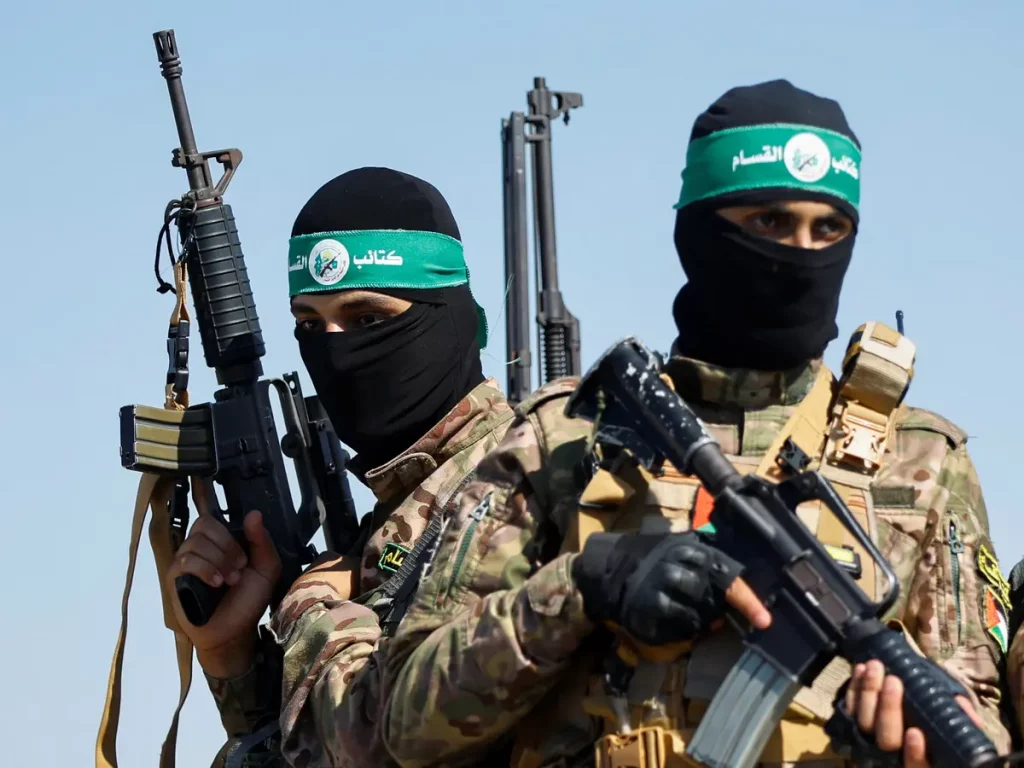E xactly a year ago on this day, Hamas militants unleashed their reign of terror on Israel, setting in motion one of the deadliest conflicts the troubled region of the Middle East has witnessed in its long-chequered history. What Israel did to Gaza in the aftermath of the Hamas attack is there for the whole world to see. The relentless bombing of Gaza by the Israel Defense Forces (IDF) has resulted in nearly 42,000 Palestinian deaths, with women and children being the worst sufferers, like every other war in history. The United Nations reports that 1.9 million Gazans, representing 90 per cent of the enclave’s total population, have been displaced, while the World Bank estimates that over 60 per cent of residential buildings in Gaza have been destroyed.
With this scale of destruction, Gaza seems to have turned into a ghost city. Even as the pounding of Gaza continued, Israel opened another new front in the war in Lebanon, where Iran’s powerful proxy Hezbollah holds sway. Israeli airstrikes in Lebanon have resulted in the deaths of over 1,000 people and injured more than 6,000 in less than three weeks. According to UN estimates, over 1 million people have been displaced in that country. A year into the war, Hamas’ military strength has been severely diminished and its remaining fighters are now taking refuge in an underground hideout. Hezbollah, on the other hand, appears to be struggling in the aftermath of the loss of its leadership with the assassination of its secretary-general Hassan Nassrallah in a daring IDF operation. Though Nassrallah’s killing led to widespread anger in Iran and it launched a barrage of 180 missiles on Israel, the strikes caused little damage to Israel as its robust air defence system neutralised most of the missiles. Following 7 October, 2023 Hezbollah initiated attacks on Israel in solidarity with Hamas. Iran had then anticipated that these assaults, along with the looming threat of a regional conflict, would generate international pressure on Israel to reach a settlement allowing Hamas to stay in Gaza.
However, this outcome has not materialised, and as Israel shifts its focus northward, the Iranian proxy is facing severe deterioration. The growing prospects of an Israeli ground invasion suggest that Hezbollah may be forced to withdraw from certain areas of Lebanon. While the Iranians will make every effort to restore its strength, Hezbollah is likely to remain a weakened player in the regional landscape for the time being. The war may have played havoc with the lives of millions of civilians but it has changed the fortunes of Israeli Prime Minister Benjamin Netanyahu, allowing him to hold onto power despite his unpopularity among a major section of the Israeli population. Considered a pariah a year ago, Netanyahu was widely disliked in his own country and derided by some commentators as the worst prime minister in the country’s history. Tens of thousands hit the streets in Tel Aviv protesting against his leadership.
Yet, Netanyahu persevered, and a year later, even his harshest critics in Israel are praising him for decapitating Hezbollah’s leadership. The future course of the war now depends on how Israel responds to Iran’s missile attacks. While Netanyahu and the IDF have been insisting that Iran will have to pay a heavy price for its misadventure, the remarks of US President Joe Biden that the US doesn’t support an Israeli retaliatory attack on Iranian nuclear facilities and the arrival of the Commander of the US CentCom General Michael E Kurilla in Israel kind of reassures the world that this conflict may not get any uglier. However, every war has its dynamics. And as the English poet Geoffrey Chaucer writes: “Things happen, as they do in war.”
